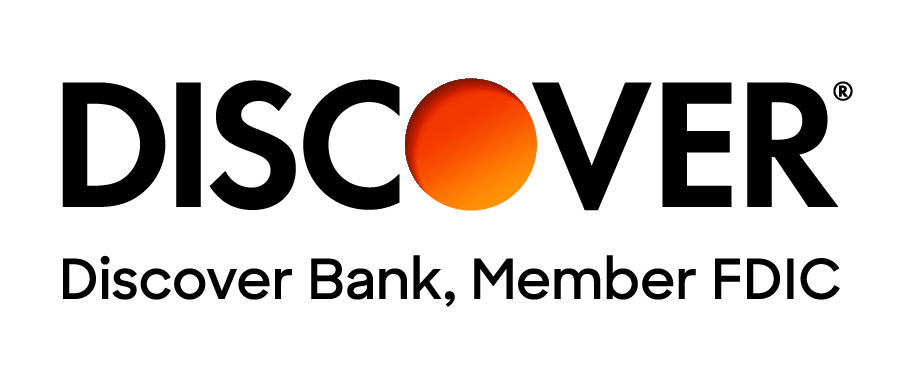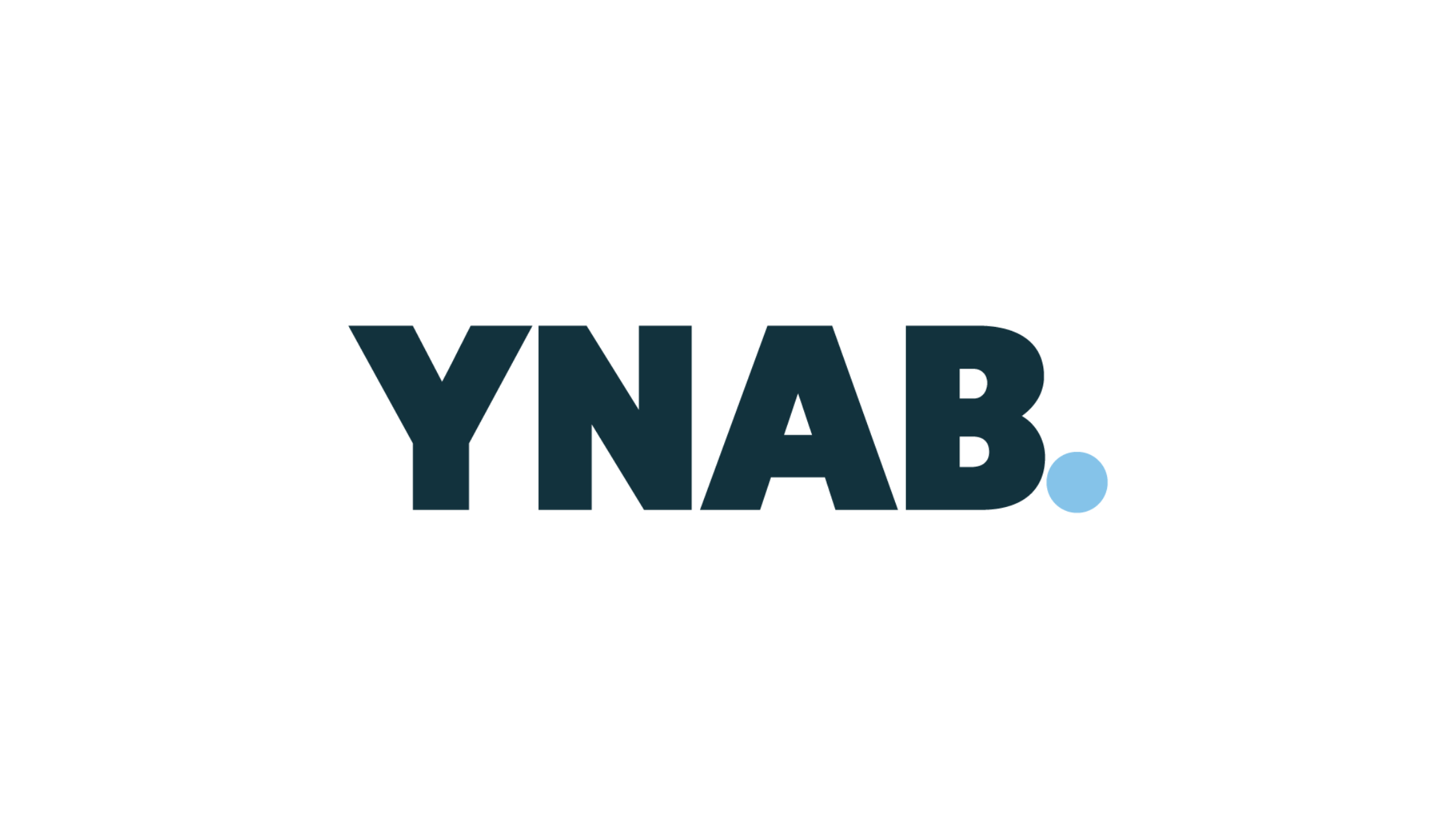Managing student loans during economic uncertainty can be difficult. With rising living costs and questions about job stability, keeping up with payments might seem like a constant struggle. It’s harder to pay off debt when your income is stretched thin, and that can lead to stress or even missed payments.
That’s why staying proactive is so important. By keeping a clear plan and taking steps to stay on top of your loans, you can avoid falling behind or feeling financial strain. The more prepared you are, the easier it will be to adapt when things get tough.
Student Loans 101
The first step in managing your student loans is understanding exactly what type of loans you have. Not all student loans are the same, and knowing the differences can make a huge impact when money is tight.
Know Your Loan Types
Student loans generally fall into two main categories: federal loans and private loans. Federal loans are part of the federal student loan program, while private loans come from banks, credit unions, or other private lenders. Each type has unique rules, benefits, and challenges.
Federal loans often provide more flexibility, which is especially helpful during tough financial times. For example, if you’re struggling to make your payments, federal loans come with options like income-driven repayment plans, deferment, or forbearance that can temporarily lower or pause your payments.
Private loans, on the other hand, are less flexible. They’re based on the lender’s terms, and those terms can sometimes be stricter, leaving fewer options if you’re experiencing financial stress.
Review Interest Rates and Terms
Interest rates and loan terms are also key details to understand. Federal loans usually have fixed interest rates, meaning the rate stays the same throughout the life of the loan. Private loans, however, may come with variable interest rates, which can go up or down, potentially making your payments more unpredictable. Be sure you know whether your interest rate is fixed or variable, as this can affect how much you end up paying overall.
It’s also helpful to review your loan’s repayment timeline. Knowing how long your repayment period is and when your first payment is due will help you create a realistic plan to tackle your debt. Being aware of these terms will make it easier to stay on top of your payments and avoid surprises.
First Things First: Create a Budget and Stick to It
When managing student loan debt, the first step is creating a budget and committing to it. A budget helps you understand where your money is going and ensures you’re prioritizing the things that matter most.
Assess Your Financial Situation
Start by taking a good, honest look at your current financial picture. List all your sources of income, such as your job, side gigs, or any other money coming in. Then, write down your essential expenses—things like rent, utilities, groceries, and transportation. Next, include discretionary spending, which is the money you use for things like dining out, entertainment, or subscriptions. This will give you a clear idea of what's necessary and what you can cut back on.
Prioritize Loan Payments
Once you have a clear picture of your finances, it’s time to make your loan payments a priority. Reducing unnecessary expenses, like canceling subscriptions you rarely use or eating out less, can help you free up extra money to put toward your loans. If you’re able to, paying more than the minimum amount each month is ideal because it helps reduce your debt faster. But at the very least, always pay the minimum payment on time to avoid penalties, which can add up quickly and make your debt grow.
Build an Emergency Fund
Even when funds are tight, it’s smart to set aside a small amount of money for an emergency fund. Unexpected challenges like car repairs or medical bills can pop up at any time. Saving even a few dollars each month can create a financial safety net that prevents you from falling behind on your loan payments when life happens.
Explore Your Repayment Options
When money is tight, exploring your repayment options can give you some breathing room and help you stay on track with your student loans.
Federal Loan Repayment Plans
If you have federal student loans, you have access to a range of repayment plans designed to make payments more manageable. One popular option is income-driven repayment (IDR) plans. These plans adjust your monthly payments based on your income and family size, which can significantly lower what you owe each month if your earnings have dropped.
Some examples of IDR plans include Pay as You Earn (PAYE) and Income-Based Repayment (IBR).
If you’re struggling to make payments, you can also look into deferment or forbearance options. Both allow you to temporarily pause payments, though they work a little differently. Deferment is often the better choice, as it may allow you to stop making payments without interest accruing on subsidized loans. Forbearance, while helpful, often results in interest still building up on all loans, so use it as a last resort when needed.
Private Loan Considerations
For private student loans, repayment options might be more limited compared to federal loans, but that doesn’t mean you’re out of options. Contact your lender to discuss your situation. Many private lenders offer temporary relief programs, which could include a reduction in your monthly payments or even a short pause on payments during times of financial hardship.
While private lenders may not have income-driven repayment plans like federal loans, they are often willing to work with borrowers facing challenges. Being proactive and explaining your circumstances can improve your chances of finding a solution that fits your needs.
Consider Refinancing or Consolidation
During economic uncertainty, refinancing or consolidating your loans could be strategies worth considering. Here's what you need to know to decide if these options make sense for your situation.
Refinancing for Lower Interest Rates
When you refinance a loan it replaces your current loan with a new loan, possible with a lower interest rate or better terms. If market rates have decreased or your financial profile has improved (such as a higher credit score or steady income), refinancing might save you money over time. Lower interest rates can lead to more efficient repayment. Additionally, you may even pay less in interest over the life of your loan, freeing up more money for other essentials.
However, refinancing isn't always the right choice. If you refinance federal loans with a private lender, you’ll lose access to important federal benefits like income-driven repayment plans, loan forgiveness and discharge programs, and temporary payment pauses. Before making this decision, weigh the pros and cons carefully to ensure the trade-off works for your financial goals.
Loan Consolidation
Another option to consider is federal student loan consolidation. This is when you combine multiple loans into a single loan with one payment. For federal loans, consolidation doesn't lower your interest rate but can simplify your payments and might help you qualify for additional options like Public Service Loan Forgiveness (PSLF).
Consolidation can also extend your repayment period, which could lower your monthly payment. While this might ease your short-term financial strain, be aware that extending payments over a longer period could mean paying more interest in the long run. Like refinancing, it's important to understand the details of your loans and evaluate whether this strategy aligns with your financial plan.
Look Into Loan Forgiveness Programs
Loan forgiveness programs can be a valuable resource to help reduce the burden of student loan debt. These programs are designed to assist borrowers by canceling some or all their student loan balance. They typically require borrowers to meet certain eligibility criteria, depending on the forgiveness program.
Public Service Loan Forgiveness (PSLF) is a popular forgiveness option. If you work full-time for a 501(c)(3) nonprofit organization, government agency, or other qualifying public service employer, you may be eligible for this program. To qualify, you will need to make 120 qualifying monthly payments while enrolled in an income-driven repayment plan while working for an eligible employer. After meeting these requirements, your remaining loan balance can be forgiven. This program rewards those who dedicate their careers to public service.
There are other federal forgiveness options that might be available to you as well. For example, Teacher Loan Forgiveness (TLF) is designed for teachers who work in low-income schools or educational service agencies. Eligible teachers may receive forgiveness for up to $17,500 of their federal loans after teaching for five consecutive years.
Communicate With Your Loan Servicers
Staying on top of your student loans might mean you reach out to your loan servicer. Be proactive and contact them right away if you think you might struggle to make payments. Loan servicers are there to help, and the sooner you communicate, the more options you’ll have to stay on track. They can provide tailored advice specific to your situation, whether it’s adjusting your payment plan or exploring other available options.
It’s also worth asking your servicer about hardship assistance programs. Many loan servicers offer temporary relief for borrowers facing financial challenges. These programs could include reduced payments, temporary pauses on repayment, or even adjustments to the terms of your loan. Taking the time to ask about these possibilities can make managing your debt much more manageable during tough times. Remember, you're not alone, reaching out can help ease the burden and give you more control over your financial situation.







